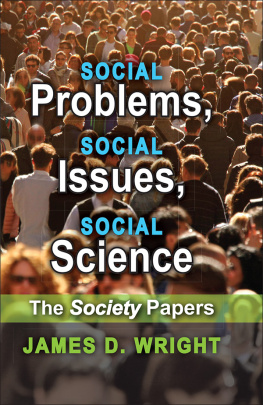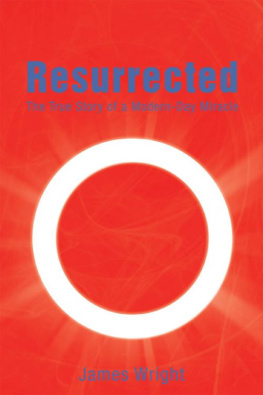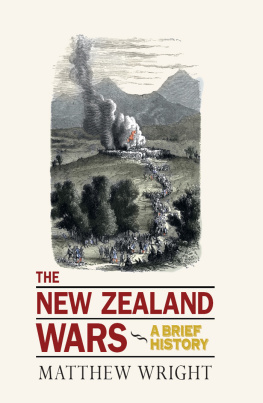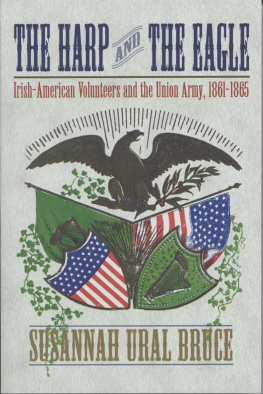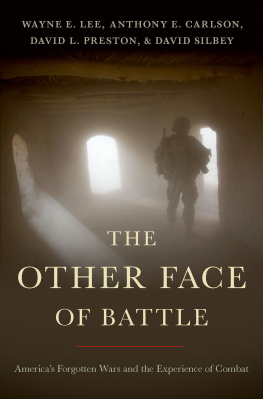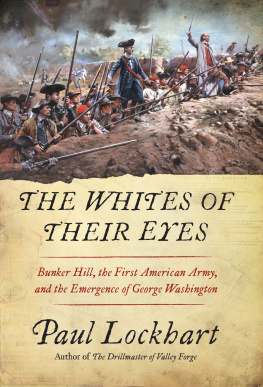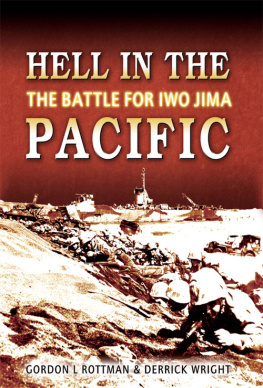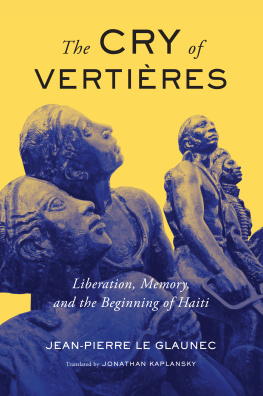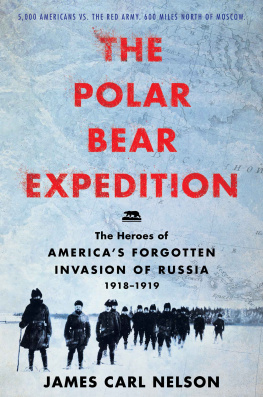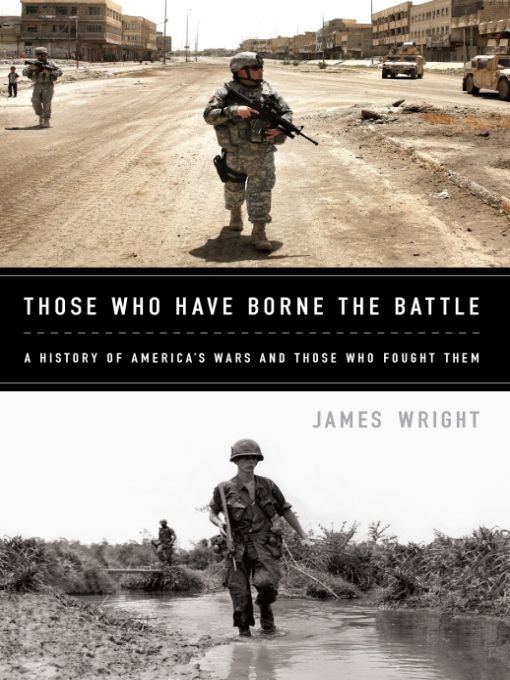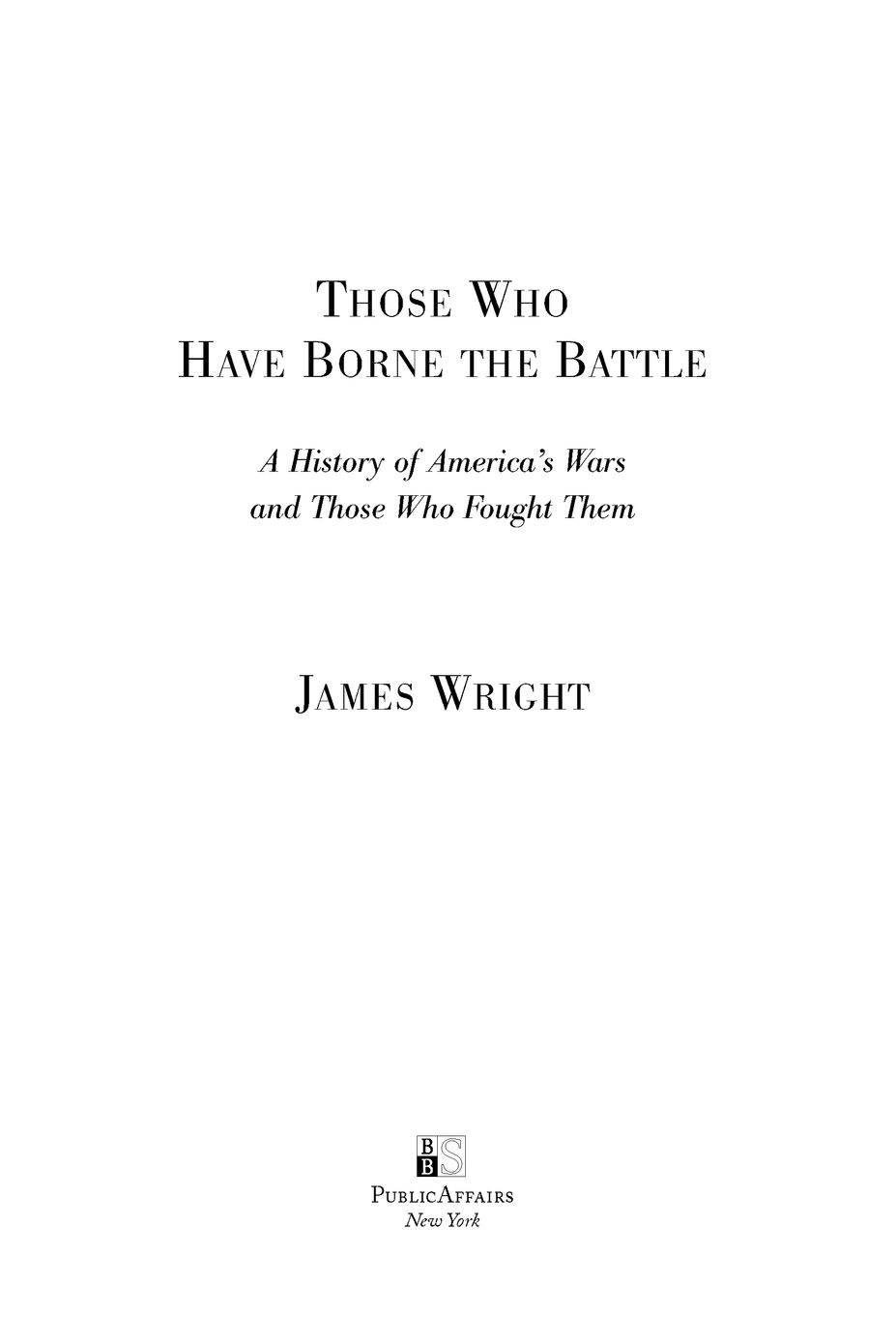James Wright - Those Who Have Borne the Battle: A History of Americas Wars and Those Who Fought Them
Here you can read online James Wright - Those Who Have Borne the Battle: A History of Americas Wars and Those Who Fought Them full text of the book (entire story) in english for free. Download pdf and epub, get meaning, cover and reviews about this ebook. year: 2012, publisher: PublicAffairs, genre: Politics. Description of the work, (preface) as well as reviews are available. Best literature library LitArk.com created for fans of good reading and offers a wide selection of genres:
Romance novel
Science fiction
Adventure
Detective
Science
History
Home and family
Prose
Art
Politics
Computer
Non-fiction
Religion
Business
Children
Humor
Choose a favorite category and find really read worthwhile books. Enjoy immersion in the world of imagination, feel the emotions of the characters or learn something new for yourself, make an fascinating discovery.

- Book:Those Who Have Borne the Battle: A History of Americas Wars and Those Who Fought Them
- Author:
- Publisher:PublicAffairs
- Genre:
- Year:2012
- Rating:3 / 5
- Favourites:Add to favourites
- Your mark:
Those Who Have Borne the Battle: A History of Americas Wars and Those Who Fought Them: summary, description and annotation
We offer to read an annotation, description, summary or preface (depends on what the author of the book "Those Who Have Borne the Battle: A History of Americas Wars and Those Who Fought Them" wrote himself). If you haven't found the necessary information about the book — write in the comments, we will try to find it.
At the heart of the story of Americas wars are our citizen soldiersthose hometown heroes who fought and sacrificed from Bunker Hill at Charlestown to Pointe du Hoc in Normandy, and beyond, without expectation of recognition or recompense. Americans like to think that the service of its citizen volunteers is, and always has been, of momentous importance in our politics and society. But though this has made for good storytelling, the reality of Americas relationship to its veterans is far more complex. In Those Who Have Borne the Battle, historian and marine veteran James Wright tells the story of the long, often troubled relationship between America and those who have defended herfrom the Revolutionary War to todayshedding new light both on our history and on the issues our country and its armed forces face today. From the beginning, American gratitude to its warriors was not a given. Prior to World War II, the prevailing view was that, as citizen soldiers, the service of its young men was the price of citizenship in a free society. Even Revolutionary War veterans were affectionately, but only temporarily, embraced, as the new nation and its citizens had much else to do. In time, the celebration of the nations heroes became an important part of our culture, building to the response to World War II, where warriors were celebrated and new government programs provided support for veterans. The greater transformation came in the wars after World War II, as the way we mobilize for war, fight our wars, and honor those who serve has changed in drastic and troubling ways. Unclear and changing military objectives have made our actions harder for civilians to stand behind, a situation compounded by the fact that the armed forces have become less representative of American society as a whole. Few citizens join in the sacrifice that war demands. The support systems seem less and less capable of handling the increasing number of wounded warriors returning from our numerous and bewildering conflicts abroad. A masterful work of history, Those Who Have Borne the Battle expertly relates the burdens carried by veterans dating back to the Revolution, as well as those fighting todays wars. And it challenges Americans to do better for those who serve and sacrifice today.
James Wright: author's other books
Who wrote Those Who Have Borne the Battle: A History of Americas Wars and Those Who Fought Them? Find out the surname, the name of the author of the book and a list of all author's works by series.

